The plantar pressure distribution system places a two-dimensional sensor array on a platform or inside a shoe to record the pressure distribution of the foot when it touches the ground in real time.
Common sensor types include piezoresistive, piezoelectric, and capacitive sensors. Their rationale is to translate local mechanical stresses into changes in resistance, charge or capacitance, which are then amplified. a spatiotemporal pressure matrix is obtained by modulus conversion and digital filtering.
Based on this matrix, quantitative indices such as peak pressure, average pressure, contact area, pressure-time integral and pressure trajectory center can be calculated. Combined with sampling frequency and spatial resolution, the dynamic characteristics of gait and load transfer laws can be reflected.
To ensure the comparability data, standardized measures such as weight standardization, sampling frequency control and walking speed control should be taken during measurement.
In rehabilitation practice, the foot pressure distribution system has important clinical significance.
Firstly, it provides an objective basis for pathological load concentration. It can identify stress areas at high risk of diabetic foot, abnormal compression of the metatarsal heads and load patterns of plantar fasciitis to guide local load management and ulcer prevention strategies. 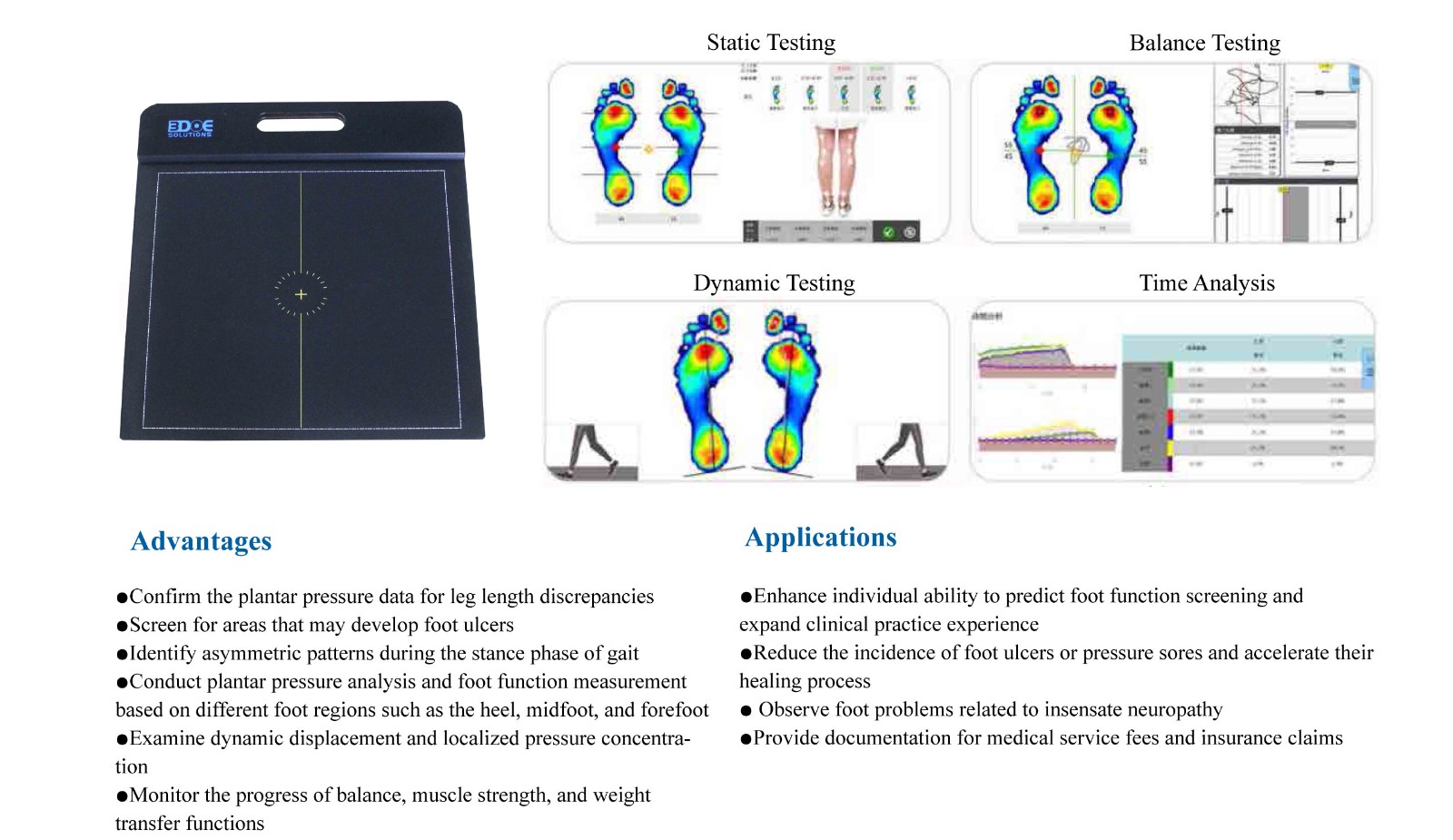
Secondly, the system is used to design and validate orthotic devices and custom insoles. Material modulus and local thickness were selected quantitatively to achieve effective pressure redistribution and validate intervention effect based on high pressure regions.
Third, the stress distribution is used as a quantitative index of gait training and functional recovery, which provides a basis for the establishment of training goals and feedback mechanisms. Through real-time feedback or replay feedback, abnormal Abnormal load-bearing patterns can be corrected, gait symmetry can be improved, and the risk of falls can be reduced.
Fourth, during postoperative recovery and long-term follow-up, the system can objectively record mechanical changes, assess recovery progress and assist in the development of personalized training plans.
Attention should also be paid to the limitations and application requirements of the system.
The spatial resolution and sampling frequency of sensors, measurement condition (bare feet or shoes), gait consistency and environmental factors all influence the accuracy of the results. Single measurements are susceptible to change, so multiple repeat measurements and weight standardization should be used.
In order to improve the reliability of diagnosis and intervention, it is recommended that pressure distribution data be combined with multimodal information such as imaging, electromyography and clinical functional evaluation, with rigorous calibration procedures and standardized acquisition protocols.
In summary, the plantar pressure distribution system is not only a powerful tool for risk assessment and efficacy verification during rehabilitation, but also an important foundation for precision and personalized rehabilitation interventions. However, its scientific application relies on standardized operations and the integration of multimodal data.

 +86-0755-86131192
+86-0755-86131192 2025-10-11
2025-10-11 Back to list
Back to list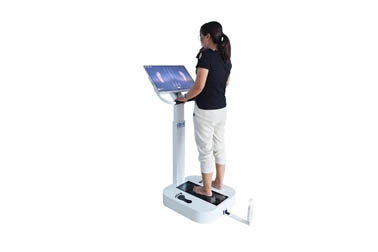
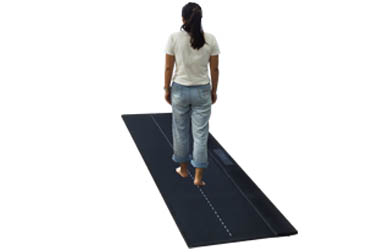
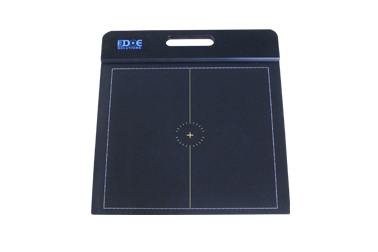
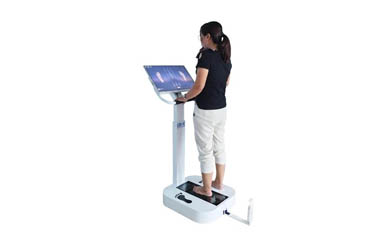
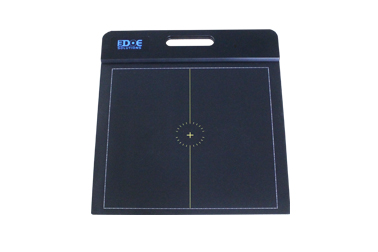
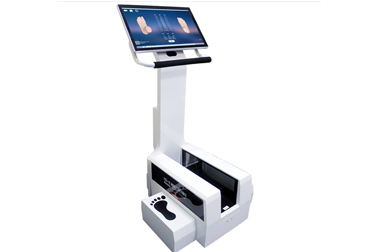



 +86-0755-86131192
+86-0755-86131192